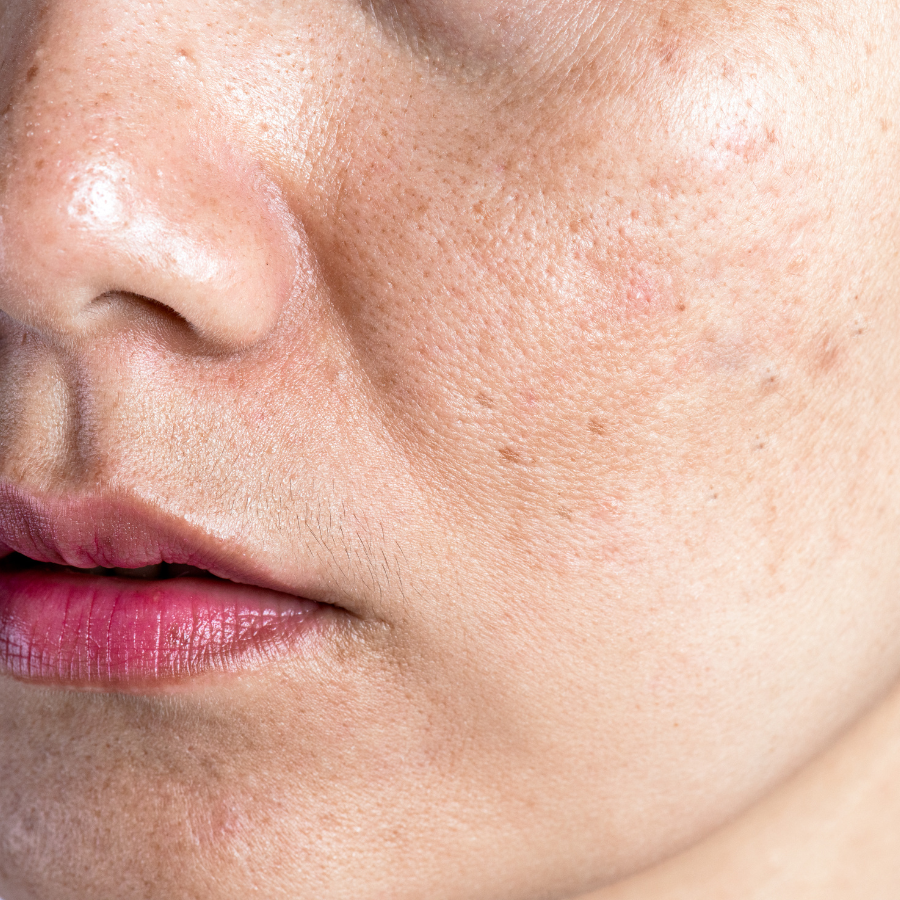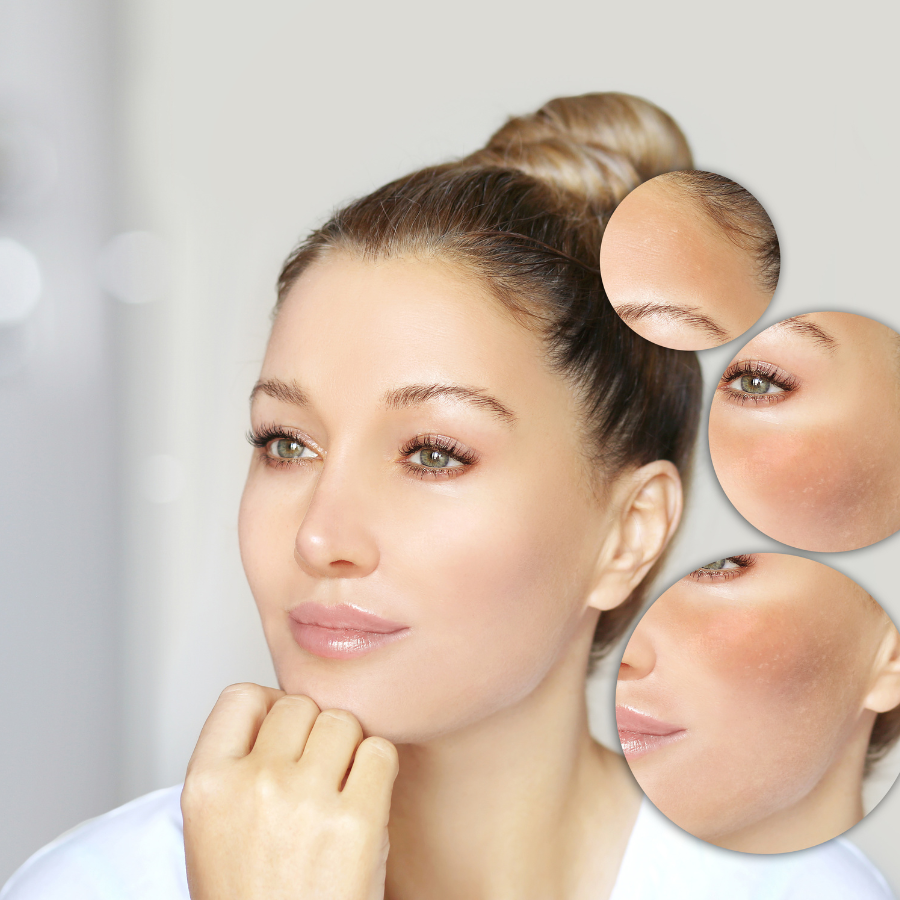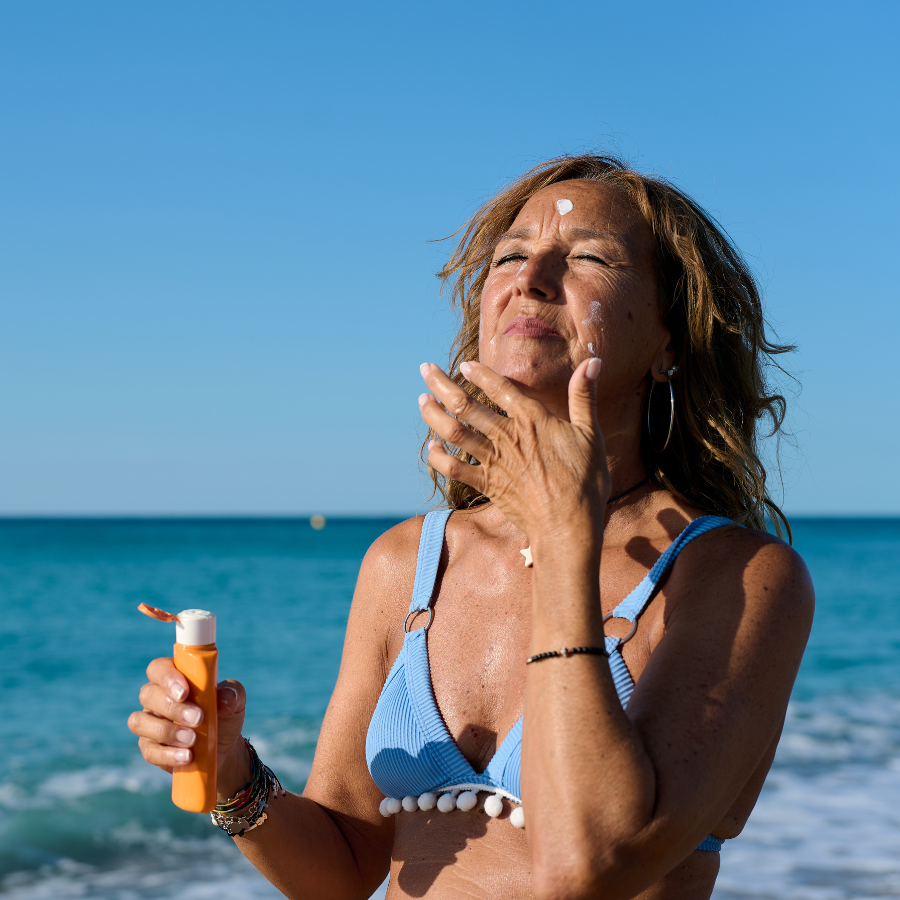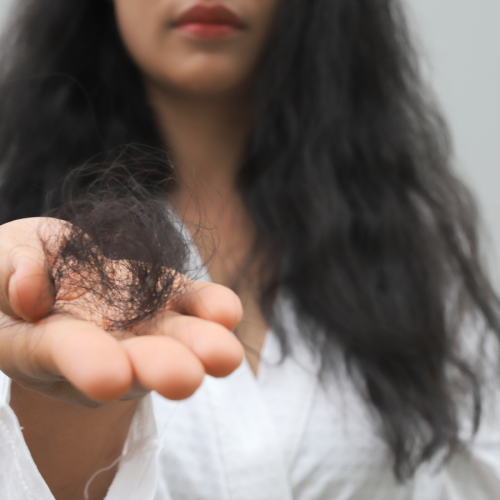1. The Post-30 Consequence: Why Does Skin Suddenly Become Pigmented Despite Diligent Care?
Many women often ask, "I take such good care of my skin, so why do I suddenly start seeing hyperpigmentation and melasma after turning 30?" The truth is, the skin we see today is the result of the habits and "investments" (or neglects) we made over many preceding years.
Melanin—the pigment that causes melasma—is produced and accumulates silently beneath the skin due to various stimulating factors, primarily sun exposure and hormonal imbalances. While before 30, the skin is robust and its self-defense mechanism is strong, after 30, as collagen declines and hormones change, the accumulated damage from years past suddenly "erupts" clearly in the form of melasma, dullness, and uneven tone. If you've inadvertently committed one of the three mistakes below, the risk of hyperpigmentation after 30 will be extremely high.

2. 3 Harmful Habits That "Nurture" Melasma in Its Infancy
Skincare habits that seem harmless or even beneficial can inadvertently put the skin in a weakened state, making it susceptible to pigmentation attacks:
Years of Incorrect Skincare Habits
Many people have gone through a period of lax skincare: washing their face with regular soap, choosing inappropriate moisturizers, and applying sunscreen sporadically or only when going to the beach. These seemingly minor habits leave long-term consequences.
Excessive cleansing, insufficient moisturizing, or constantly exposing the skin to UV rays without proper protection gradually weakens the skin's protective barrier. Damage from free radicals and sun exposure accumulates, overstimulating pigment cells. What you neglected before will leave its mark after 30 in the form of stubborn melasma, dullness, and uneven skin tone that is difficult to correct.
Uncontrolled Overuse of Invasive Procedures
In a rush for quick beauty results, some women follow the trend of using invasive procedures like microneedling, skin needling, or continuous laser treatments without adhering to a strict recovery regimen. When performed excessively, these methods can cause deep damage, triggering a strong inflammatory response beneath the skin.
The consequence is a disruption of the pigment cells (melanocytes): resulting in the appearance of white spots (depigmentation) that are difficult to recover or widespread post-inflammatory hyperpigmentation (PIH). Once pigmentation has been disrupted by excessive intervention, treating melasma later becomes much more challenging and costly.
Improper Peeling and Strong Exfoliation
At one point, aggressive skin peeling methods using medicinal alcohol or high concentrations of certain BHA and AHA products were rampant. The goal was to rapidly shed the skin to reveal a smooth, new layer underneath. However, such strong and continuous peeling erodes the skin's natural protective barrier, leaving the skin weak, thin, and unable to recover in time.
The weaker the skin, the easier it is for melasma to attack, as it has lost its "armor" for self-protection against sunlight and environmental aggressors. Prolonged skin damage allows pigment to easily surface, causing melasma to appear sooner and more severely.

3. The Solution for Melasma Prevention: Sunscreen is the Wisest Saving
The bad news is that once melasma appears, it is extremely difficult, time-consuming, and expensive to treat. But the good news is that there is one simple step that provides effective early prevention and halts the formation of melasma: sunscreen.
Many women still think sunscreen is only necessary for beach trips or on intensely sunny days. In reality, UV rays (UVA and UVB) are present even on cloudy days, when sitting near windows in the office, or simply when riding a scooter to the market in the morning. And it is these "invisible" rays that are the silent culprits causing skin dullness, wrinkles, and the unexpected appearance of melasma.
In other words, daily sun protection is the wisest long-term savings for your skin. Instead of having to spend tens of millions (of Vietnamese đồng) years later on complex melasma treatments, starting today, just a few minutes and a tube of sunscreen can protect you from the risk of permanent pigmentation, maintaining a healthy and youthful look for years to come.

If you have committed any of the three habits above, it is imperative to be more meticulous with your skincare from now on: apply sunscreen consistently every day (use enough quantity, reapply every 2-4 hours), correctly focus on skin recovery, and avoid following unverified beauty trends to protect your healthy, new skin.





